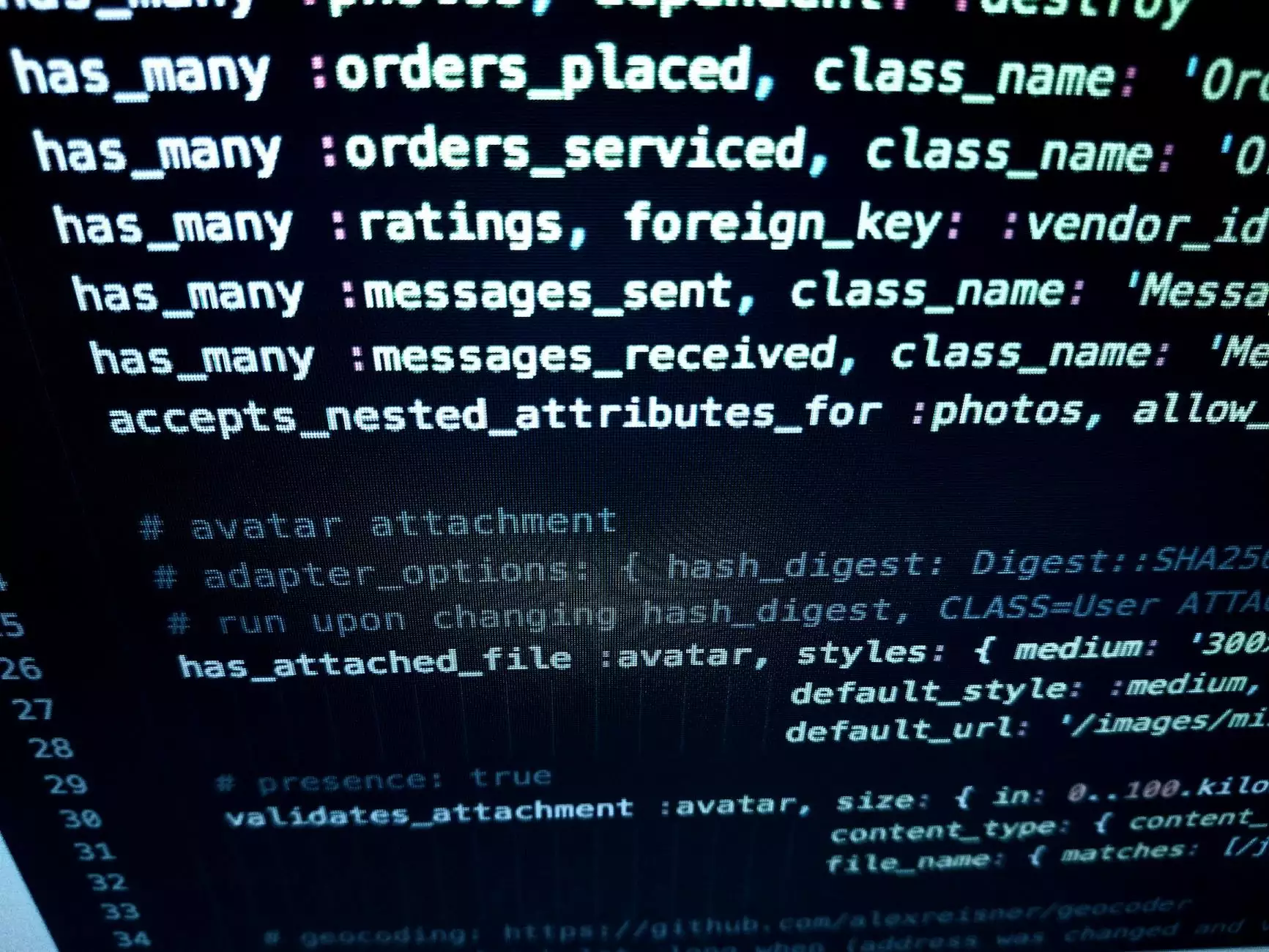Enhancing Cybersecurity Awareness with Vishing Simulation

In today’s digital landscape, the threats posed by cybercriminals are evolving rapidly. Among these threats, one of the most insidious forms of attack is vishing, a combination of "voice" and "phishing." As more organizations recognize the necessity for robust cybersecurity measures, vishing simulation has emerged as a pivotal training tool. This article delves deep into the significance of vishing simulations, how they work, and why businesses should implement them as part of their comprehensive cybersecurity strategy.
Understanding Vishing: The Threat Lurking in Phone Calls
Vishing is a type of social engineering attack where an attacker attempts to deceive individuals into divulging sensitive information, typically over the phone. Unlike email phishing attacks that are generally easy to identify, vishing takes advantage of the personal and immediate nature of voice communication. Attackers may impersonate legitimate organizations, such as banks or government agencies, to create a facade of trust.
The Mechanics of a Vishing Attack
Here’s how a typical vishing attack unfolds:
- Preparation: The attacker gathers information about the target, often using publicly available data or social media.
- Impersonation: The attacker may call and pose as a legitimate entity, adopting a tone that evokes urgency or concern.
- Manipulation: Through scripted dialogues and persuasive techniques, the attacker prompts the victim to disclose sensitive information, such as passwords or financial details.
- Execution: Once the information is obtained, the perpetrator can use it for identity theft, financial fraud, or other malicious activities.
The Importance of Awareness and Training
Given the dexterity of vishing attacks, awareness is the first line of defense. Employees, who are often the first point of contact for such threats, need to be equipped with the knowledge and skills to identify and respond to these malicious calls. This is where vishing simulation plays a vital role.
What is Vishing Simulation?
Vishing simulation is a training technique designed to educate employees about the potential risks and tactics used by vishing attackers. It involves creating realistic mock scenarios where employees receive simulated vishing calls. These simulations serve multiple purposes:
- Real-life Practice: Employees can experience realistic scenarios that prepare them for actual attacks.
- Behavioral Assessment: Organizations can assess employees' responses to threats and identify areas for improvement.
- Knowledge Enhancement: Training sessions following simulations help reinforce key concepts and best practices.
Benefits of Implementing Vishing Simulations
Implementing a vishing simulation program provides a myriad of benefits for organizations striving to strengthen their cybersecurity posture. Here’s why businesses should adopt this innovative training strategy:
1. Improved Awareness of Social Engineering Tactics
One of the primary benefits of vishing simulation is the enhancement of employees' awareness regarding social engineering tactics. By exposing employees to real-life scenarios, they become familiar with the techniques attackers use, including:
- Urgency and pressure tactics.
- Impersonation of authority figures.
- Requesting sensitive information under false pretexts.
2. Empowerment through Experience
Through practice, employees gain confidence in handling suspicious calls. This empowerment is crucial as it equips them with the tools to remain calm and collected during high-pressure situations.
3. Reduction of Human Error
Human error is often cited as a leading cause of data breaches. By providing hands-on training through vishing simulations, organizations can significantly reduce the risk of employees falling victim to these attacks. Research indicates that well-trained employees are far less likely to divulge sensitive information, even when faced with convincing impersonators.
4. Tailored Training Programs
Vishing simulations can be customized to reflect specific scenarios relevant to an organization's industry and operational context. This tailored approach ensures that training is pertinent and engaging for employees.
How to Conduct a Vishing Simulation
Conducting a successful vishing simulation involves several key steps. Here’s a roadmap to guide organizations through the process:
Step 1: Define Objectives
Before launching a simulation, organizations should define clear objectives. What specific outcomes are desired? Are you aiming to test employee knowledge, improve response times, or build general awareness?
Step 2: Develop Scenarios
Create realistic vishing scenarios that reflect common tactics used in your industry. Scenarios should incorporate elements such as:
- Common business interactions (e.g., banking transactions)
- Urgent requests for account verification
- Impersonation of executives or IT support
Step 3: Execute Simulations
Deploy the simulation by having trained team members make calls based on the developed scenarios. Anonymity helps employees react similarly to an actual vishing attack.
Step 4: Evaluate Results
After the simulation, analyze how employees responded. Was sensitive information divulged? Did they recognize it as a potential threat? Evaluating results helps identify knowledge gaps and areas in need of further training.
Step 5: Provide Feedback and Additional Training
Once results have been analyzed, conduct a training session to review key takeaways. This feedback loop is essential for reinforcing learning and promoting a culture of cybersecurity awareness.
Integrating Vishing Simulations into Your Cybersecurity Strategy
To maximize the effectiveness of vishing simulations, businesses should integrate them into a broader cybersecurity framework. Here are some key considerations:
Continuous Learning
Cyber threats continually evolve; therefore, recurring vishing simulations are crucial. Regular training helps to keep cybersecurity awareness fresh and relevant for employees.
Collaboration with Security Experts
Organizations can benefit from partnering with cybersecurity firms that specialize in simulations and training. For instance, companies like Keepnet Labs provide tailored solutions that align with business needs and industry standards.
Promoting a Security-First Culture
By fostering a culture that prioritizes security, organizations can ensure that every employee understands their role in safeguarding sensitive information. Regular training sessions and updates on emerging threats can reinforce this culture.
Conclusion: A Proactive Approach to Cybersecurity
In conclusion, the adoption of vishing simulation is an essential strategy in the fight against social engineering attacks. As cyber threats become increasingly sophisticated, organizations must arm their workforce with knowledge and experience to effectively respond to these challenges. By implementing vishing simulations, businesses can enhance employee awareness, reduce the risk of human error, and ultimately protect sensitive information from malicious adversaries.
Investing in such proactive measures not only shields organizations from potential breaches but also cultivates a workforce that is vigilant and equipped to combat cyber threats. In an age where data breaches can cripple businesses, incorporating vishing simulation into your cybersecurity efforts is not just beneficial; it is imperative.









